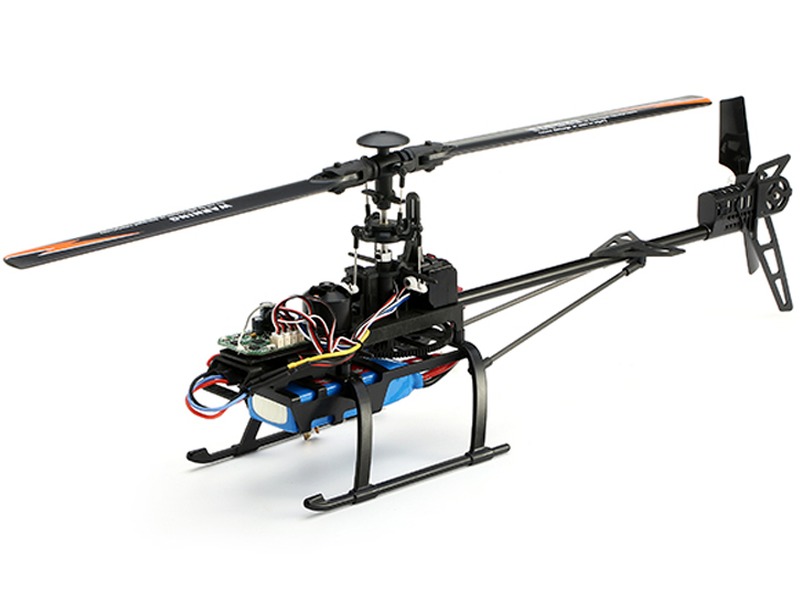How do helicopters stay in the air?

Helicopters are remarkable machines that are capable of staying airborne for extended periods of time. This is thanks to their complex aerodynamics, which allow them to generate thrust and lift.
The basic principle behind how a helicopter is able to remain airborne is based on the same concept of aerodynamics that applies to other aircrafts. Helicopters are able to generate thrust and lift through the use of rotors, which are situated at the top and bottom of the aircraft. The rotors are moved in a circular motion, which causes a difference in air pressure. This difference in air pressure creates a lift that is used to keep the helicopter in the air.
In addition to the rotors, helicopters also utilize a tail rotor, which provides a counter-torque that allows the helicopter to remain stable in the air. The tail rotor helps to create a balance between the thrust from the rotors and the opposing torque from the tail rotor, allowing the helicopter to remain in one spot and to turn in the desired direction.
Another component that plays a role in the flight of a helicopter is the fuselage, or the body of the aircraft. The fuselage is designed to create lift and reduce drag, which helps the helicopter to remain airborne for longer. This is thanks to the wings and the tail of the fuselage, which help to provide the helicopter with the necessary lift to remain aloft.
Finally, helicopters also make use of engines, which generate power and provide the necessary thrust to keep the helicopter in the air. The engines are powered by fuel, which is injected into the rotors in order to create the necessary thrust and lift.
In conclusion, helicopters are able to stay airborne thanks to their complex aerodynamics and the components that make them up. The rotors generate thrust and lift, the tail rotor provides counter-torque, the fuselage creates lift, and the engines provide power. All of these components work together to ensure that the helicopter can remain in the air for an extended period of time.

